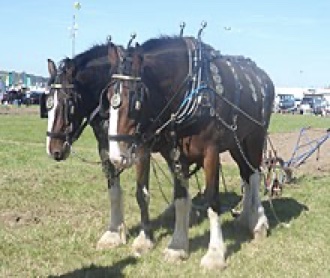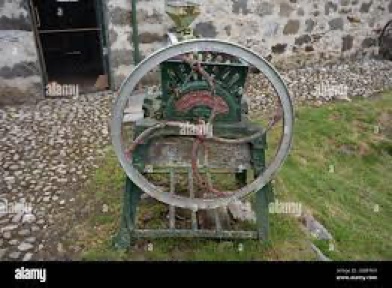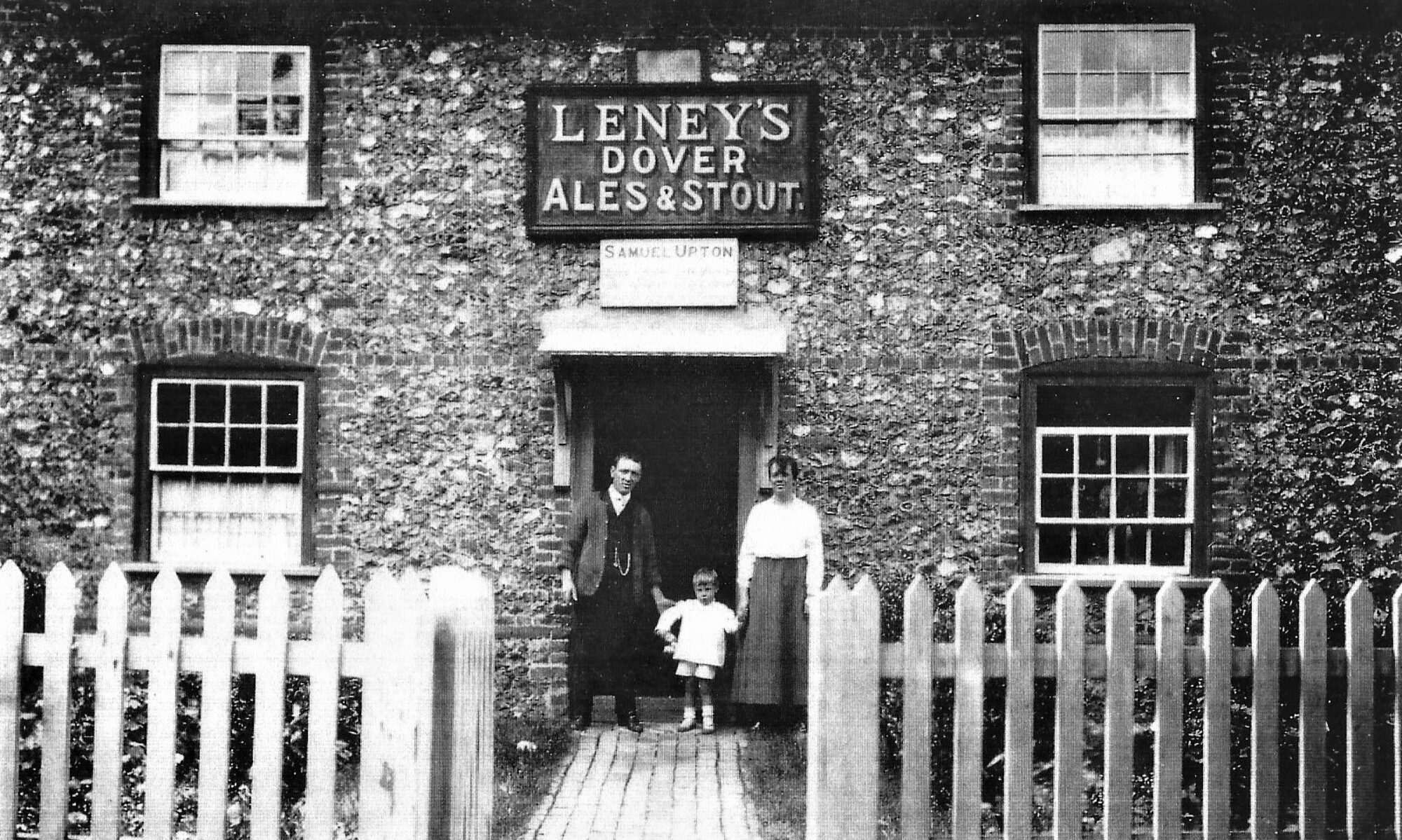Butter Street Farm, with the mansion called Place House and the lands belonging to it, was once part of the Manor of Upton Court. In the reign of Elizabeth I it belonged to John Merriweather and it stayed in the family until Richard Merriweather died unmarried in 1720 and his sister Anne married John Lowden. On John’s death in 1734, he left an only daughter, Sarah, who inherited the estate. She married Awnsham Churchill. Later it was owned by Thomas Baldock, Thomas Claringbold and then sold to Robert Potter. It was held by his son Thomas and next by his son Robert, who with his wife Emma and seven children, resided at Place House where he farmed. He died in 1862.
In 1866, Mr J H Brown was retiring from business and the whole of the live and dead farming stock and dairy cows were auctioned.
In 1892, the lease on the property having expired, the live and dead stock, the property of J J Smith, was auctioned. This included:
600 superior Kent sheep, ewes, wethers, lambs, rams, cows, 10 powerful draught horses.
Also farming implements including:
Wagons, tugs, dung carts, light wagon harnesses, ploughs, rakes, drills, turnip cutter, cake cutter, corn mill and hop equipment.


A most desirable 1884 Estate called Place House with several cottages and many buildings used as farm buildings part freehold viz 386acres, 2rods 23perches and part leasehold viz 21acres, 1rod, 23perches.
When did Buttter Street become Botolph Street?
On a map of 1800, it is marked as Butter Street and on a map of 1872 as Botolph Street. In ‘For Sale’ adverts for the farms it continues to be Butter Street until the end of the 19th century,
The street is now known as Coxhill Road. Going up from the village to the A2 on the left-hand side, the buildings that were the oast and cottages still stand and on the right behind the wall is a dwelling place that has been transformed several times from Place House to a bungalow.
